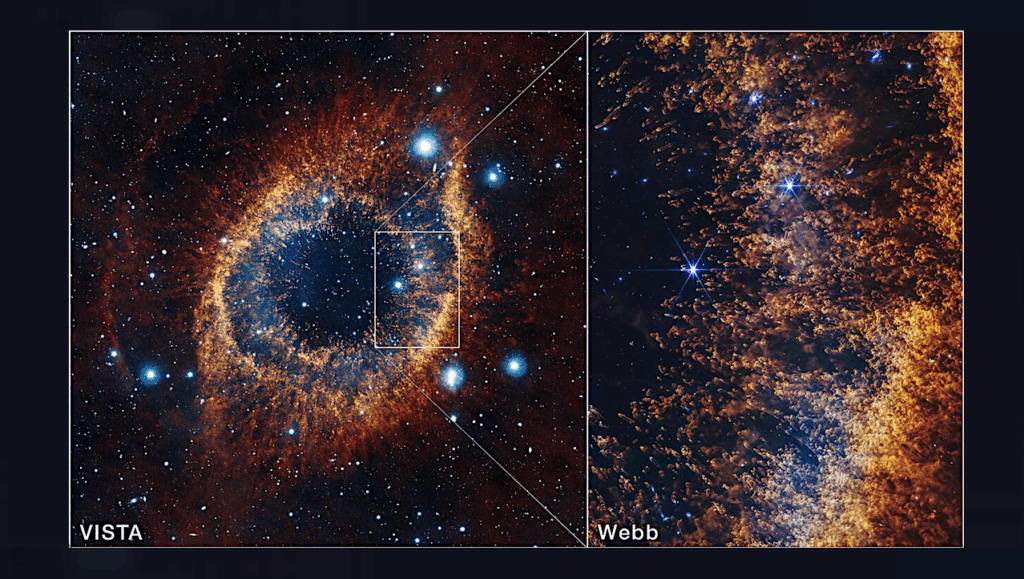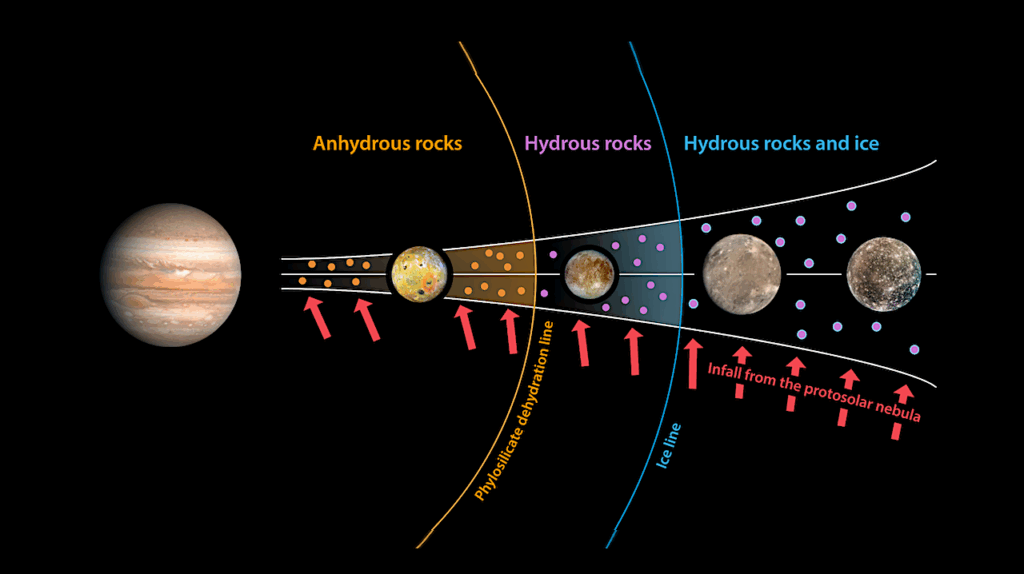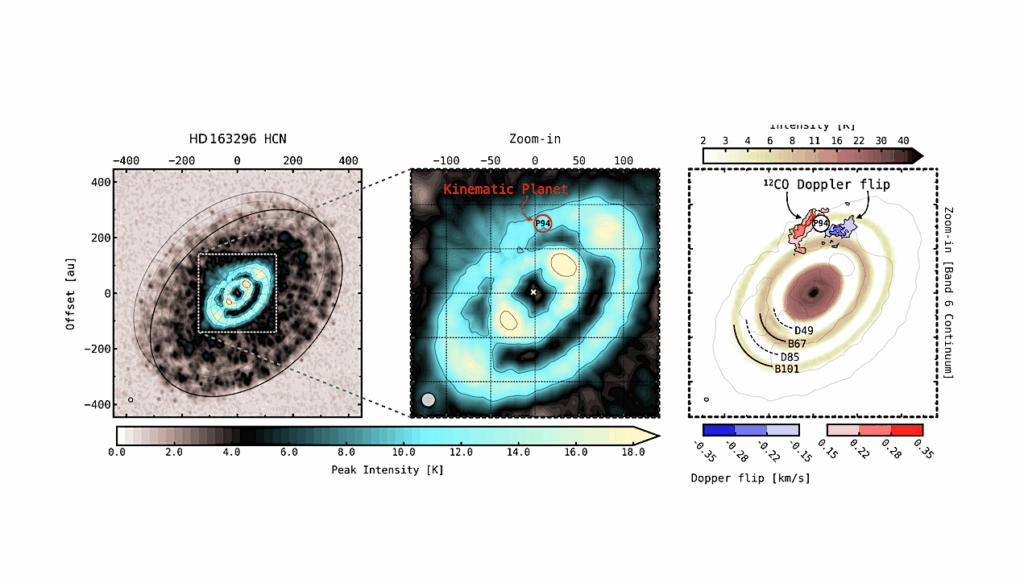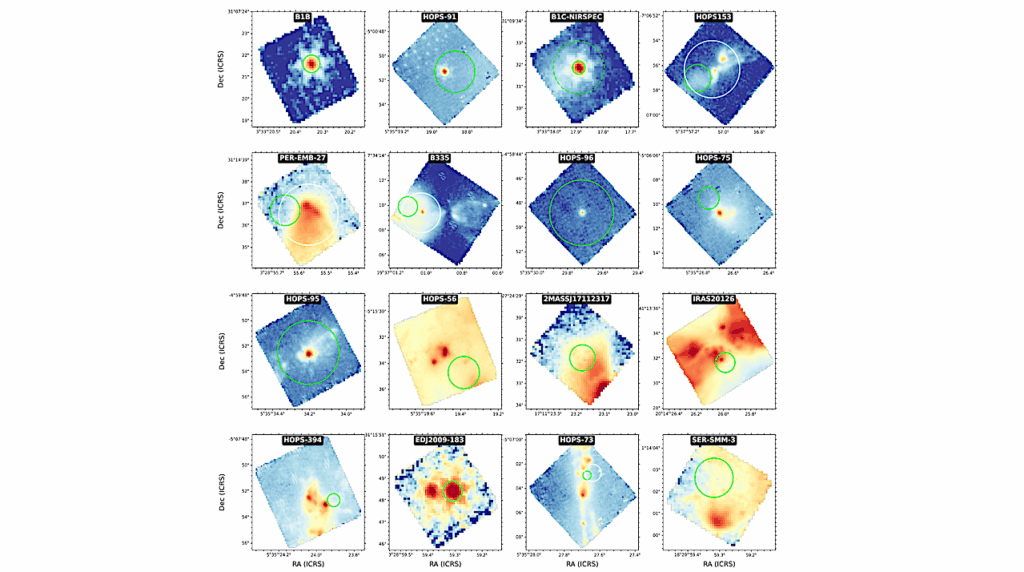Rotation-tunneling Spectrum And Astrochemical Modeling Of Dimethylamine, CH3NHCH3, And Searches For It In Space

Methylamine has been the only simple alkylamine detected in the interstellar medium for a long time. With the recent secure and tentative detections of vinylamine and ethylamine, respectively, dimethylamine has become a promising target for searches in space.
Its rotational spectrum, however, has been known only up to 45 GHz until now. Here we investigate the rotation-tunneling spectrum of dimethylamine in selected regions between 76 and 1091 GHz using three different spectrometers in order to facilitate its detection in space. The quantum number range is extended to J=61 and Ka=21, yielding an extensive set of accurate spectroscopic parameters.
To search for dimethylamine, we refer to the spectral line survey ReMoCA carried out with the Atacama Large Millimeter/submillimeter Array toward the high-mass star-forming region Sagittarius B2(N) and a spectral line survey of the molecular cloud G+0.693−0.027 employing the IRAM 30 m and Yebes 40 m radio telescopes. We report nondetections of dimethylamine toward the hot molecular cores Sgr B2(N1S) and Sgr B2(N2b) as well as G+0.693−0.027 which imply that dimethylamine is at least 14, 4.5 and 39 times less abundant than methylamine toward these sources, respectively.
The observational results are compared to computational results from a gas-grain astrochemical model. The modeled methylamine to dimethylamine ratios are compatible with the observational ratios. However, the model produces too much ethylamine compared with methylamine which could mean that the already fairly low levels of dimethylamine in the models may also be too high.
H. S. P. Müller, R. T. Garrod, A. Belloche, V. M. Rivilla, K. M. Menten, I. Jiménez-Serra, J. Martín-Pintado, F. Lewen, S. Schlemmer
Comments: Mon. Not. R. Astron. Soc., accepted. 33 pages including tables, figures, and appendix
Subjects: Astrophysics of Galaxies (astro-ph.GA); Instrumentation and Methods for Astrophysics (astro-ph.IM); Solar and Stellar Astrophysics (astro-ph.SR); Atomic and Molecular Clusters (physics.atm-clus)
Cite as: arXiv:2305.11656 [astro-ph.GA] (or arXiv:2305.11656v1 [astro-ph.GA] for this version)
Submission history
From: Holger Müller
[v1] Fri, 19 May 2023 13:12:04 UTC (2,043 KB)
https://arxiv.org/abs/2305.11656
Astrobiology, Astrochemistry,








